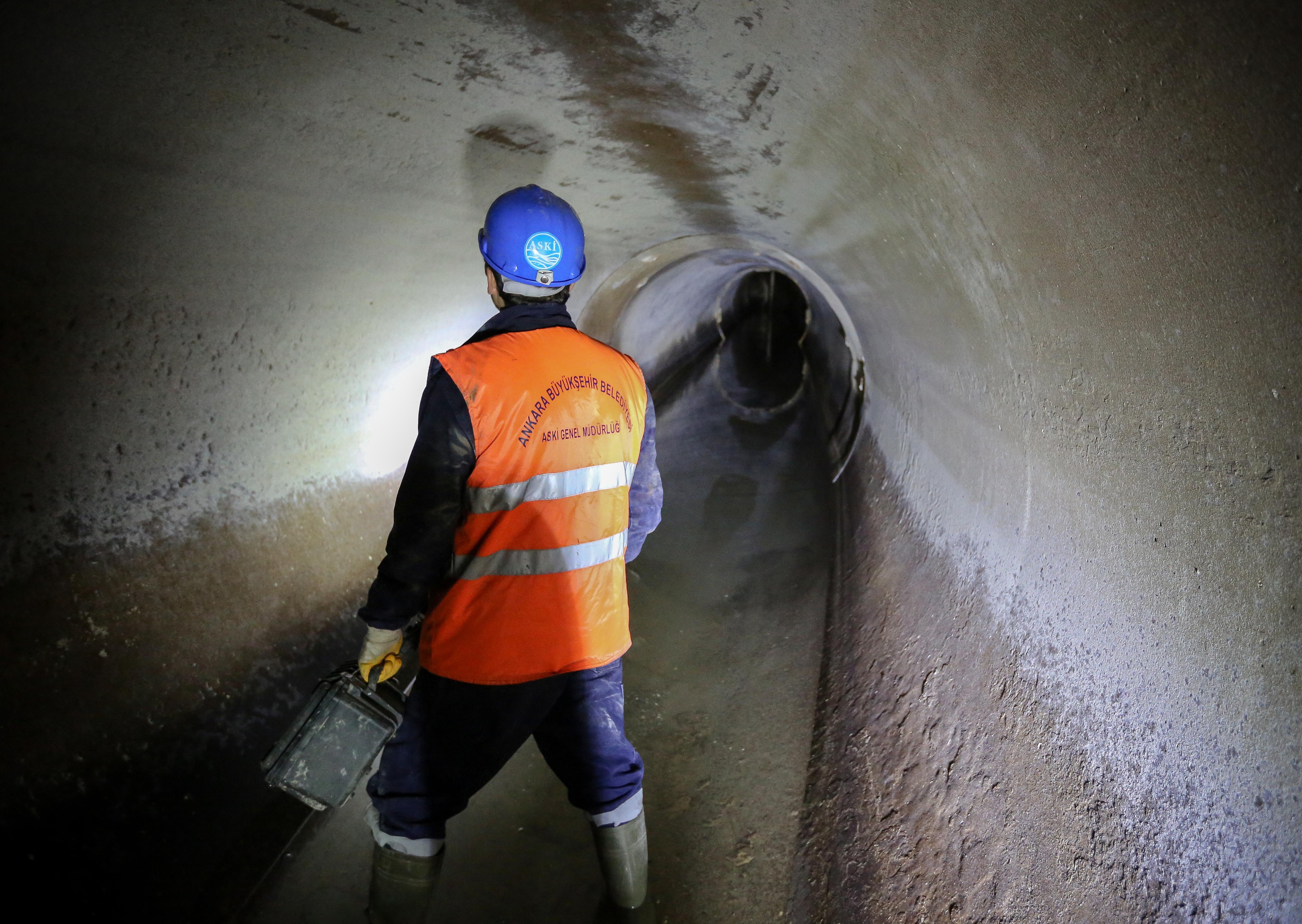
What is Environmental Permitting?
A large number of companies require environmental permits to perform their standard operations. There are also times when businesses need these permits for a specific purpose. In California, your company has a responsibility to obtain the necessary permits and licenses at a local, state, and federal level depending on the reason for the permit.
The majority of industrial operations must maintain permits surrounding water quality, hazardous waste, and air quality compliance. The Standard Industrial Classification Code that your company has been given will determine what your permit application obligations are.
Environmental permitting involves obtaining the necessary documentation that outlines permissions from federal, state, and local agencies. Permits have been a component of development for centuries. When the Clean Water Act was passed in 1970, permits centering around environmental issues became a part of the broad application process. In this guide, you’ll discover how to obtain environmental permits and why your business should always be up-to-date with permitting requirements.

How To Obtain A Necessary Environmental Permit
Many of the environmental permits you’ll require when operating out of Los Angeles must be obtained from the LA Sanitation & Environment department. Keep in mind, however, that state and federal authorities may get involved when the permit is dealing with hazardous applications or processes.
Once you send in an application for an environmental permit, you’ll need to wait for it to be approved, which can take weeks depending on the permit. Consider hiring a permit expediter to ensure that any issues that arise during this process are handled swiftly any don’t cause any unnecessary delays. The various types of environmental permits that you might need to apply for include:
- Air pollution permits for point source emissions of known contaminants
- Incineration permits
- Hazardous materials storage or transportation permits and endorsements
- Hazardous waste and NPDES disposal permits
- Water rights permits
- Wastewater discharge permits
- Underground storage tank permits

Air Pollution Permits for Point Source Emissions of Known Contaminants
Air pollution permits for point source emissions of known contaminants are needed to combat air pollutant emissions. Federal regulations state that all major sources of air pollutants must have an operating permit that focuses on all aspects of the air pollution activities that the source is engaging in. These permits are also needed for businesses that are creating new sources of pollution or are making substantial changes to existing sources.
Also referred to as new source review permits, these operating permits detail how an air pollution source will comply with federal emission limits and any other requirements that apply, the primary of which involves work practices. An operating permit can also describe how the air pollution sources will periodically or continuously monitor their compliance with the stated emission limits.
Monitoring requirements are a critical component of an operating permit since monitoring allows facility operators to gather information that can be used to identify how the company is performing when it comes to compliance.
Once this information has been collected, the facility operators can work on making corrective actions if needed. Monitoring also provides the necessary documentation for future compliance certifications. Keep in mind that not adhering to the federal emissions limits can result in your company receiving substantial fines as well as a stop-work order.
Incineration Permits
Incinerator permits are required when purchasing an incinerator or similar device for your company’s waste removal needs. Incineration is becoming increasingly common as an effective method for getting rid of medical, veterinarian, and farm waste. Keep in mind that the incinerator permit process you must adhere to can differ depending on local ordinances as well as state and federal regulations.
For this permit and any others you need to apply for, it’s highly recommended that you begin at the lowest authority level around you, which usually means that you should go to the local government for the city your business operates in. You can then move to the county or state level if required. By starting at the lowest level, the agencies you interact with should already be at least somewhat familiar with your company and the type of request you’d like to make.
Hazardous Materials Storage or Transportation Permits and Endorsements
The latest California Fire Code requires businesses to obtain a fire permit directly from the Permit Center when storing or transporting hazardous materials. This permit needs to be renewed and inspected on an annual basis. When you first apply for this permit, it’s important that you submit a Hazardous Material Maintenance Plan, which consists of a facility map and site plan for your business.
Once you submit this plan, it will be reviewed before your permit application is approved. These applications differ from business plans that are sent to the Los Angeles County Health Department. The purpose of these permits is to maintain fire safety. When you want to apply for a hazardous material storage permit, you’ll need to:
- Fill out and submit a fire permit application
- Fill out and submit a Hazardous Material Maintenance Plan
- Submit the application alongside any necessary fees to the Permit Center
The Permit Center will then take some time to process your application and supporting documentation, review the application, contact you to schedule a basic site inspection, and sign an approval for your permit.

Hazardous Waste and NPDES Disposal Permits
When the Resource Conservation and Recovery Act was first signed into law, Congress knew that there were ample risks associated with the storage, treatment, and final disposal of high amounts of hazardous waste at facilities that are designed specifically to store or treat this waste. Congress made the decision to closely monitor and regulate these activities to keep accidents, mechanical failures, and spills at bay.
Since this law was enacted, ISDF facilities must gain permission with an RCRA permit that identifies the technical and administrative conditions that a hazardous waste facility must abide by. Keep in mind that this permit is considered to be a legally binding contract that states the activities your company can perform and the conditions that apply to them.
These permits usually require facilities to create emergency plans, train employees on how to handle hazards, and find the necessary insurance. Permits might also include some requirements that are specific to your facility, which can involve groundwater monitoring. The main permitting agency that you submit your application to can approve or deny the permit and will be tasked with monitoring your facility if you receive approval.
Water Rights Permits
Since 1914, California has had a Water Rights Permitting and Licensing Program in place, which is maintained by the Water Board’s Division of Water Rights. However, some alterations to the state law occurred in 1989 that allowed for the creation of a Water Rights Registration Program, which facilitates an expedited application process when obtaining water rights for smaller projects.
If your company diverts water without having a water right, this is considered to be a form of trespass, which might require you to pay substantial fines. Before you send in a water rights application to the local water board, make sure that you study the water rights information to determine what your company needs.

Underground Storage Tank Permits
Every new site requires a permit from the PW Environmental Programs Division before an underground storage tank (UST) can be installed. All sites that contain USTs will need a Unified Program Facility Permit that’s still current. In the event that a site contains an underground storage tank that hasn’t been permitted, it will still need to be permitted before being removed. The application forms that you’ll want to fill out and submit include:
- A UST Unified Facility permit Form
- A New Construction Plan Clearance application form
- All fees should be payable to Los Angeles County Public Works
- Fill out and submit a Business Activities and Monitoring Plan directly to the California Environmental Reporting System portal
- Comply with Certified Unified Program Agency requirements
- Submit a Certification of Financial Responsibility for a petroleum UST
- Submit a work plan that details how enhanced leak detection will be implemented
- Submit a response plan
- Obtain a permit for installation from the local Fire Prevention agency
- Fill out a Designated Operator form
- Obtain a Hazardous Substance Removal Certification and licensing from the California Contractors State License Board when installing an underground storage tank
Wastewater Discharge Permits
In the event that your facility discharges pollutants and contaminants from a point source directly to water in the U.S., you’ll need to obtain an NPDES permit, which is referred to as a wastewater discharge permit in California. This permit program is designed to control water pollution by fully regulating the point sources that send pollutants into U.S. waters. A point source can be anything from a man-made ditch to a pipe. The many types of pollutants that are regulated include:
- Rock
- Dirt
- Agricultural waste
- Sand
- Municipal waste
- Industrial waste
Even though this permitting program began as a federal program, California is responsible for implementing it via the State Water Resources Control Board.
If you want to make sure that your business avoids substantial fines and penalties, it’s essential that you receive all of the necessary environmental permitting that applies to your business. The goal of environmental permitting is to reduce the amount of pollutants and waste that get into the environment because of business operations. You can reduce the amount of time it takes to obtain the environmental permits you require by hiring a permit expediter.


Jason Somers, President & Founder of Crest Real Estate
With over 15 years of professional experience in the Los Angeles luxury real estate market, Jason Somers has the background, judgement and track record to provide an unparalleled level of real estate services. His widespread knowledge helps clients identify and acquire income producing properties and value-ad development opportunities.
Learn more about Jason Somers or contact us.



